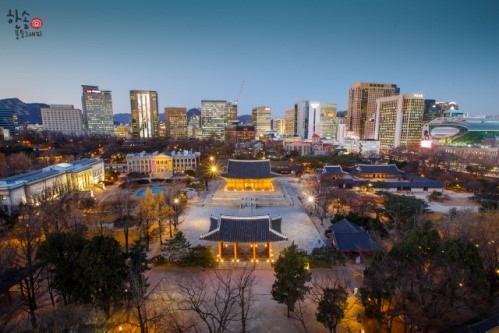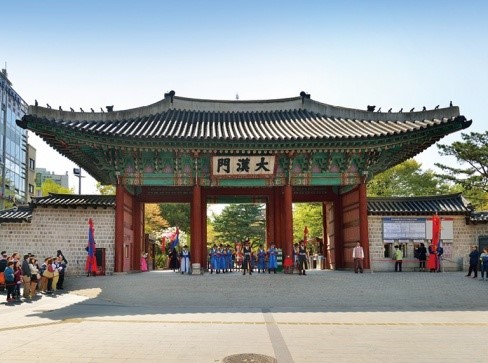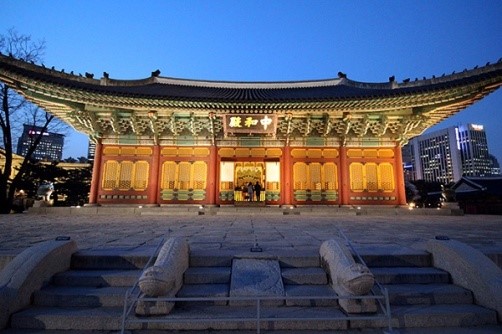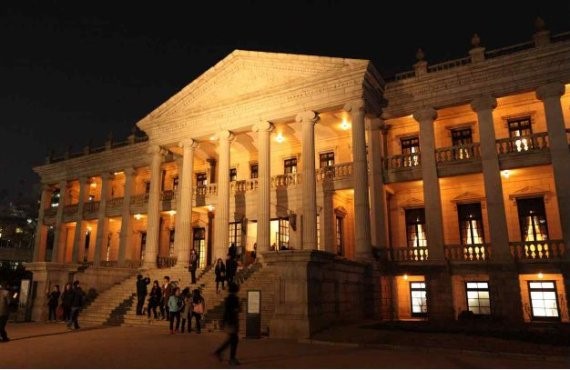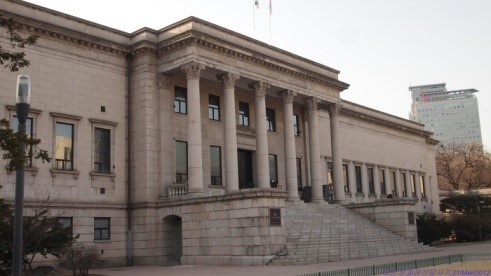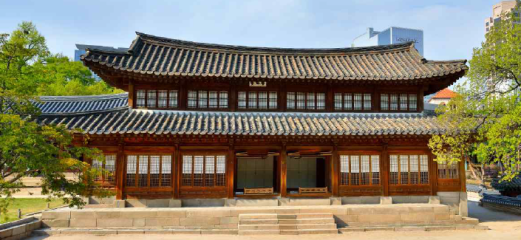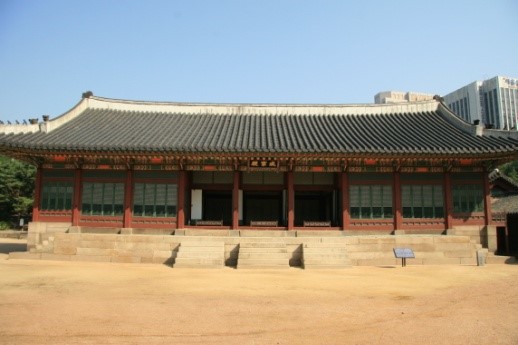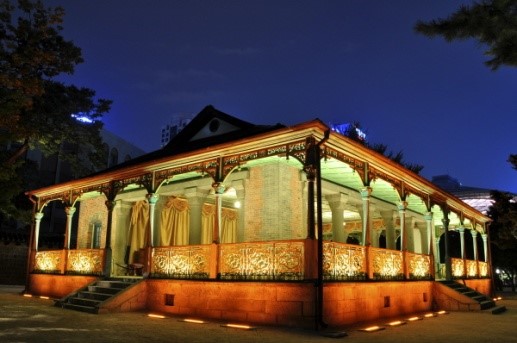| Information of Tourist Attraction |
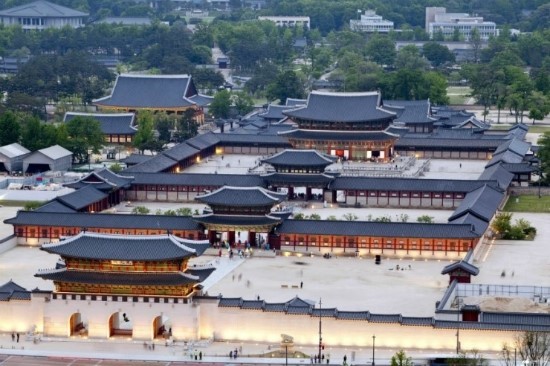 |
- Gyeongbokgung Palace
- Located at the core of Seoul, Gyeongbokgung Palace built in 1395 is the first royal residence of Joseon, the final dynasty of Korea before being replaced by the Korean empire in 1897.
|
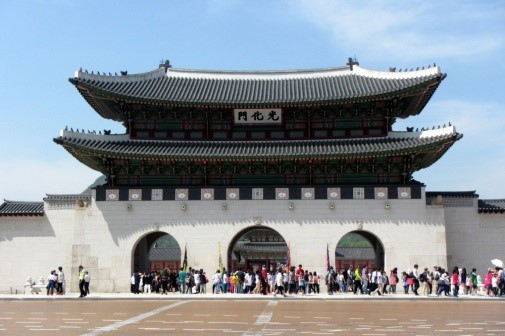 |
- Gwangwhamun Main Gate
- Gwanghwamun is the main gate of the Gyeongbokgung Palace which is situated on the south of the Palace. It was given its name of ‘Gwanghwa’ meaning of ‘Enlighten’ by King Sejong the great who is the most remarkable historical figure in the whole Korean history. It still serves as a main entrance, now simply called the Southern gate because of its location.
|
 |
- Yougnjegyo Bridge
- Separating the royal area from the public area, this bridge is found after the second gate of the Palace. Its name once changed in the era of Joseon so it is now known by two names, either "Forbidden bridge" or "the bridge you can cross forever", which is opposite of the original name.
|
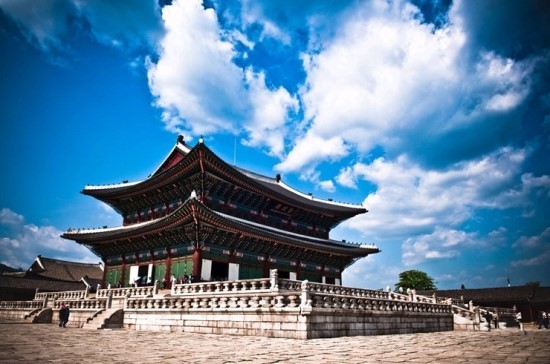 |
- Geunjeongjeon Main Throne Hall
- The Main Throne Hall is one of the most iconic buildings in the Gyeongbokgung Palace with its front yard. It served as the venue when royal events were held such as coronations, royal funerals, reception for foreign envoys, civil examinations, and banquets for elders.
|
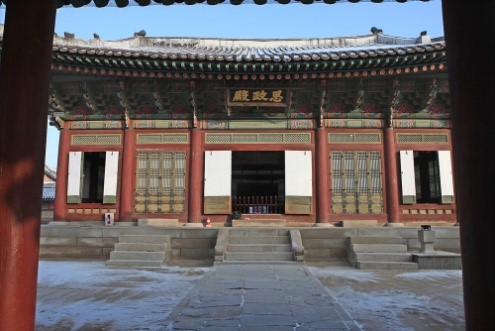 |
- Sajeongjeon Hall; Office of King
- This is where the King used to spend most of his time during the day, for state affairs with his officials. The place also reveals a hidden story of ‘Paparazzi’ originated from two archivists of Joseon Dynasty 600 years ago.
|
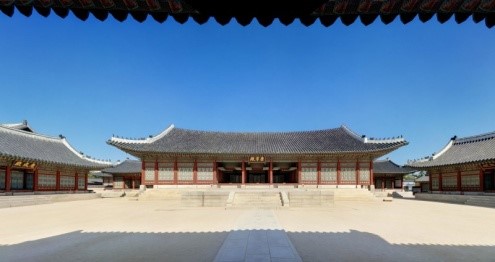 |
- Gangnyeongjeon; Bed Chamber of King & Queen
- Gangnyeongjeon is the private quarters for the king and the queen. It not only functions as the bed chamber but it also hides a secret of Hangeul, the Korean alphabet which is evaluated as the most scientific language by famous scholars in the world.
|
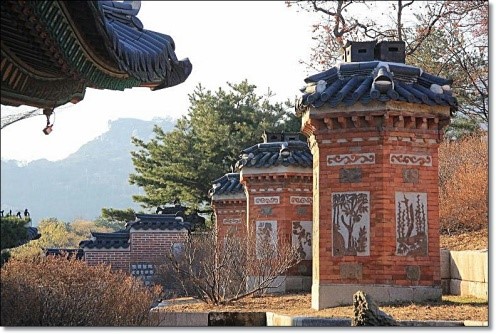 |
- Amisan; Oriental garden
- This is a beautiful rear garden where the beauty of oriental garden is found with a four-tiered mound. In a peaceful atmosphere, you can discover the traditional heating system ‘Ondol’ displaying extraordinary chimneys.
|
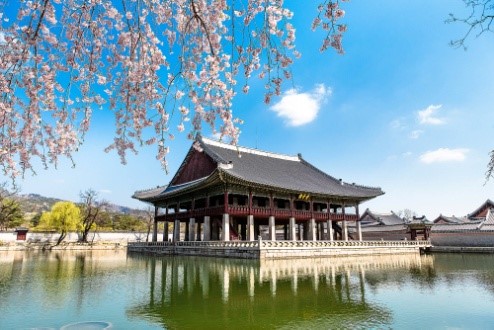 |
- Gyeonghoeru Pavilion
- The founder of Joseon, King Taejo erected this pavillon and named Gyeong-hoe means ’Joyous Meeting’. Even after an agressive invasion of Japan in 1592 it was reconstructed and recovered its reputation, evaluated as the largest elevated pavillon with a man-made lake.
|








